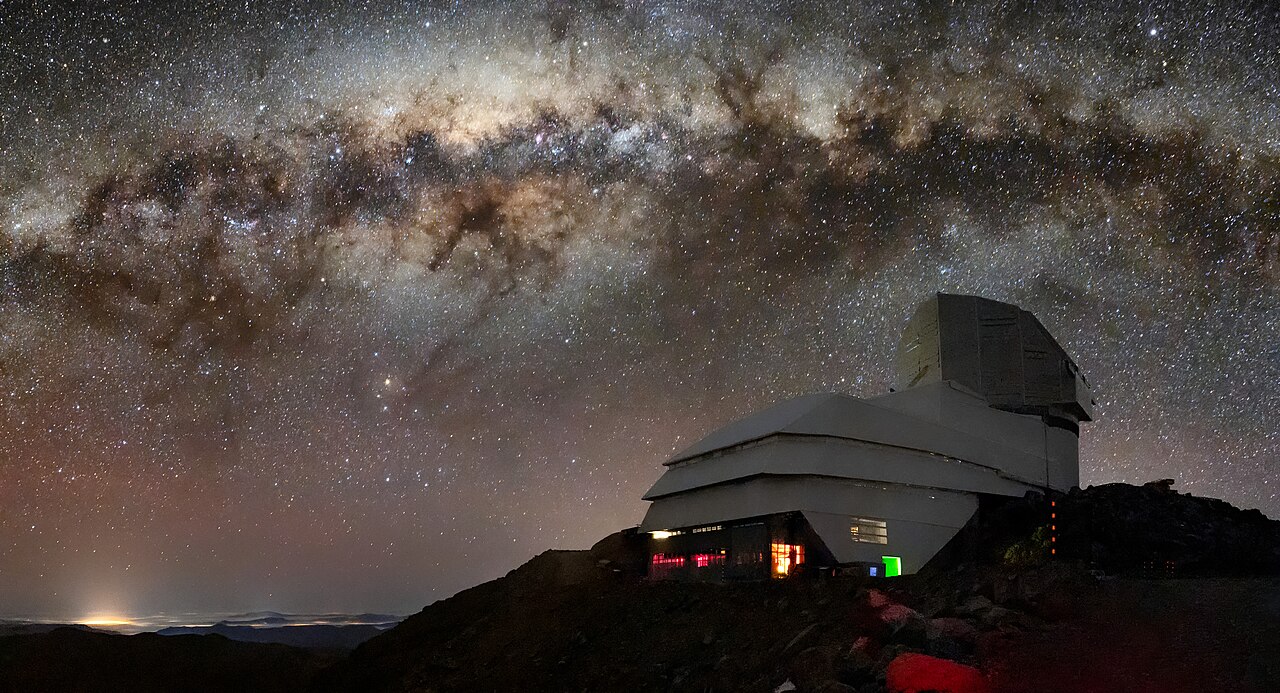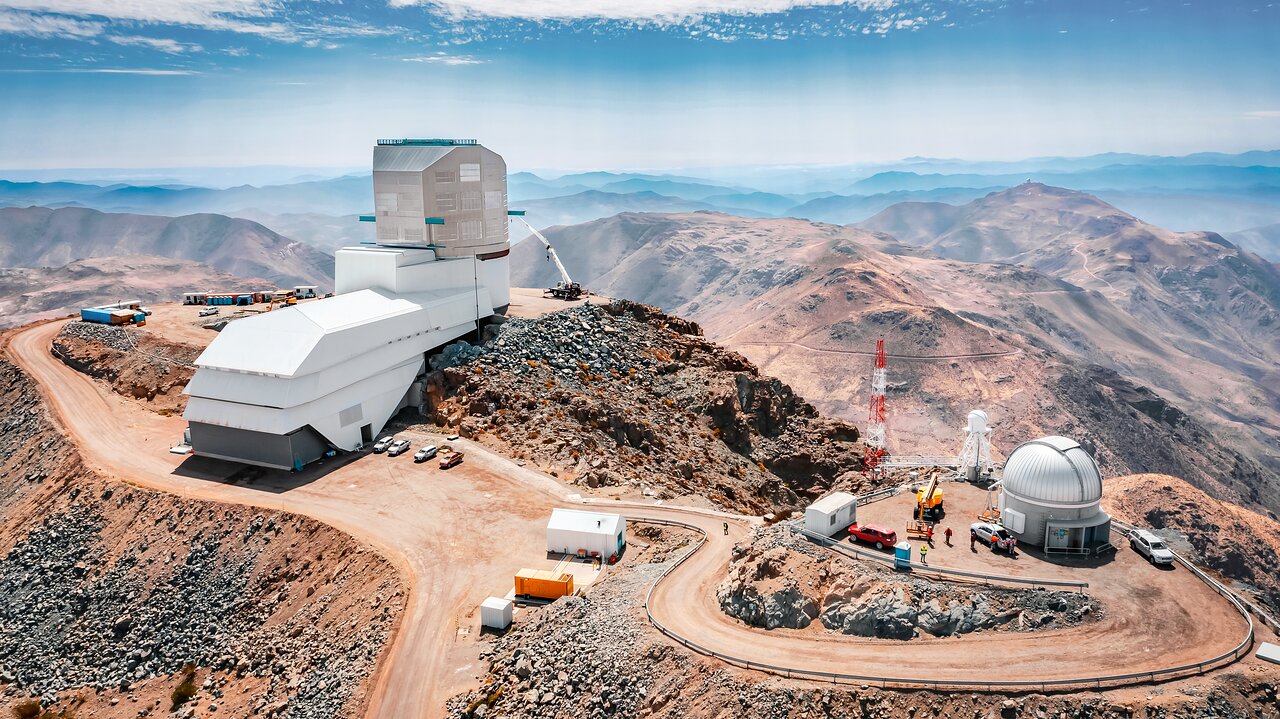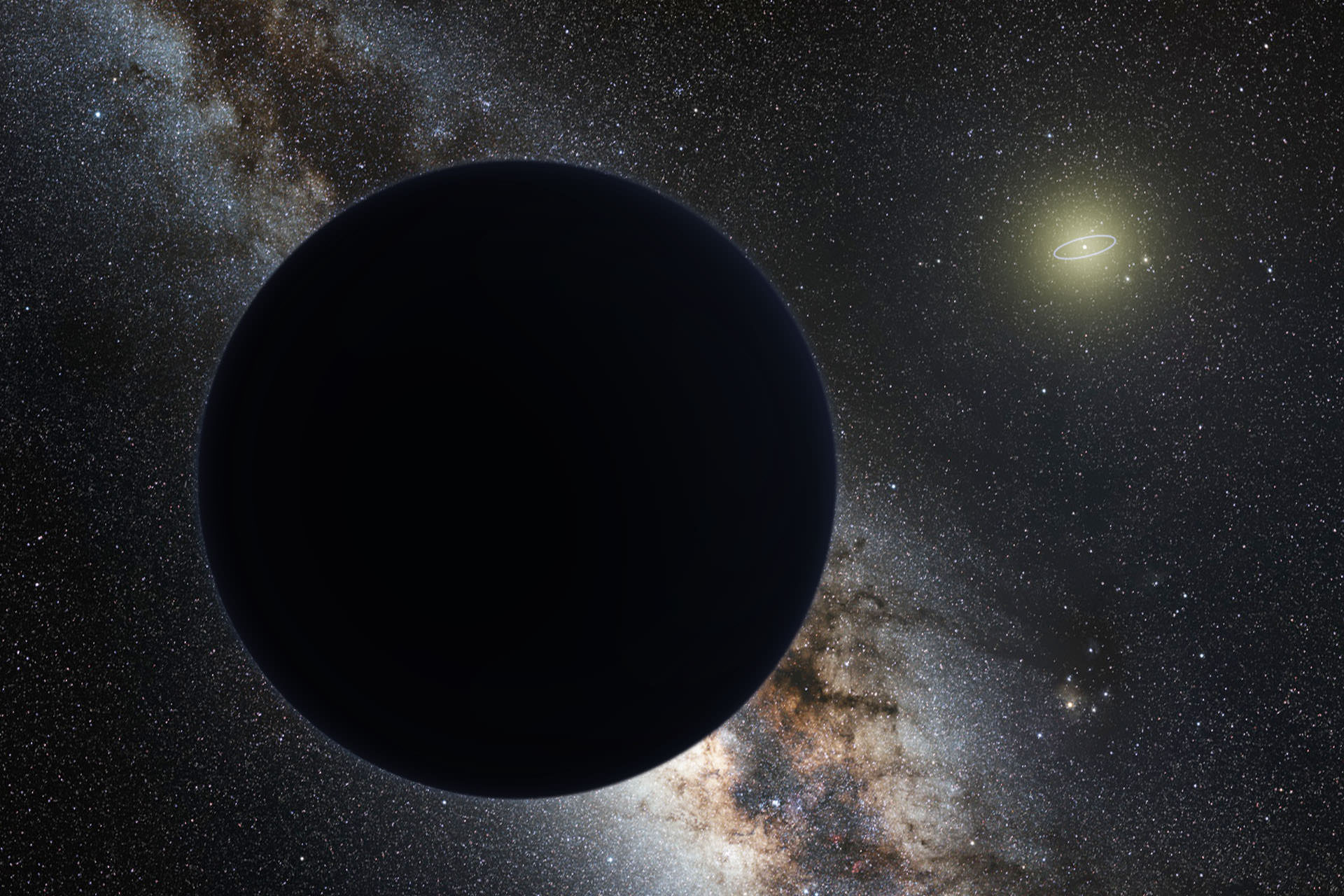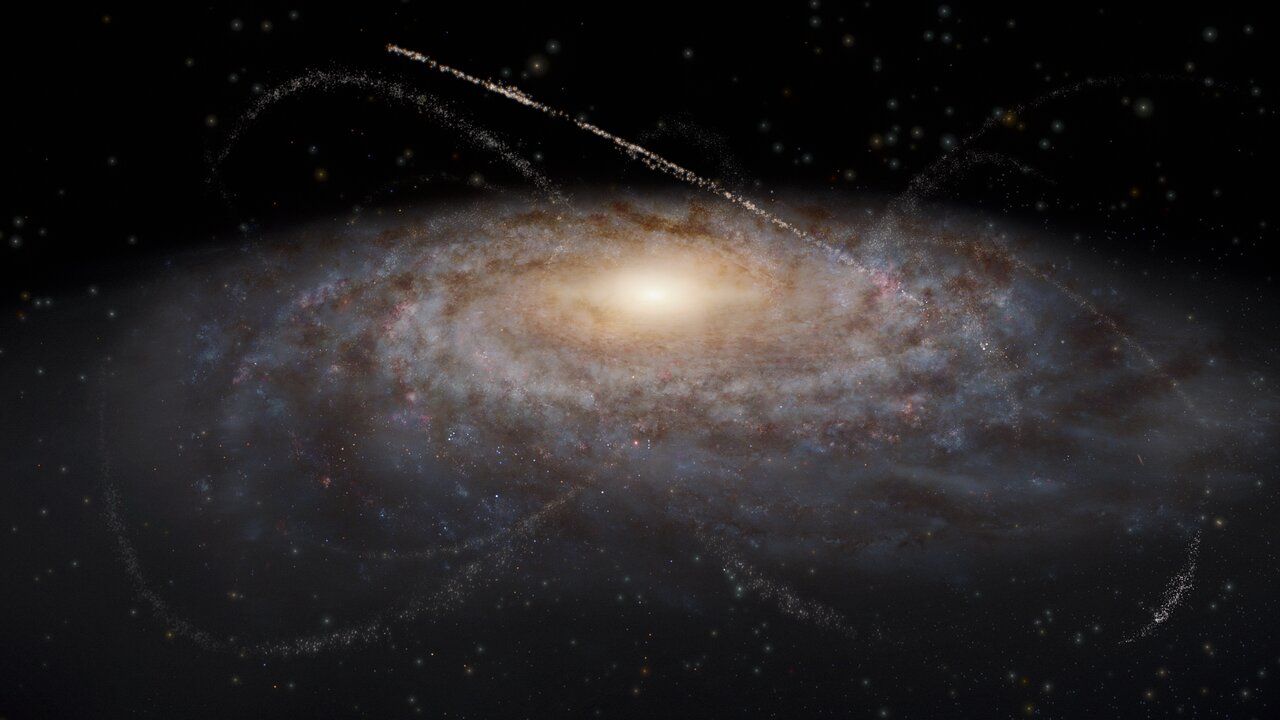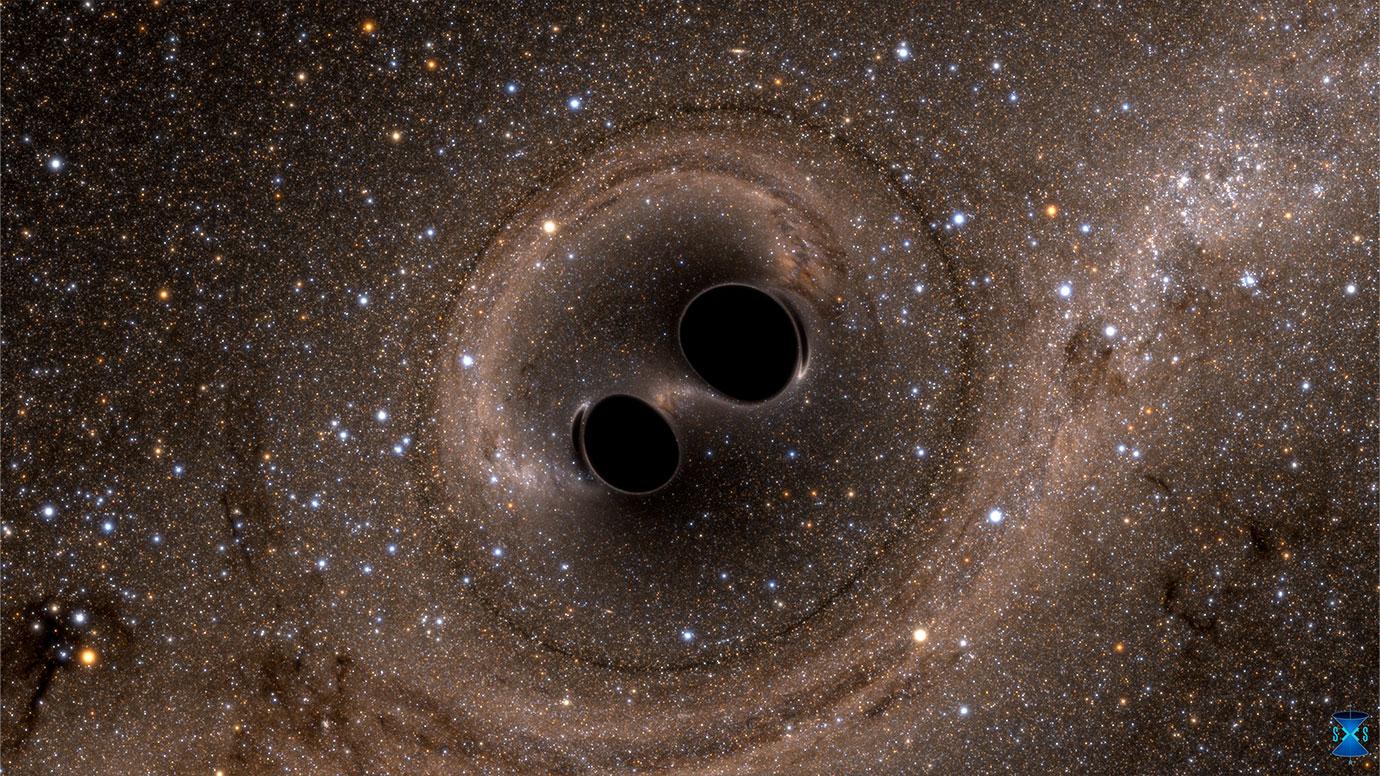Even if you knew nothing about astronomy, you’d understand that exploding stars are forceful and consequential events. How could they not be? Supernovae play a pivotal role in the Universe with their energetic, destructive demises.
There are different types of supernovae exploding throughout the Universe, with different progenitors and different remnants. The Zwicky Transient Facility has detected 100,000 supernovae and classified 10,000 of them.
Continue reading “Zwicky Classifies More Than 10,000 Exploding Stars”



